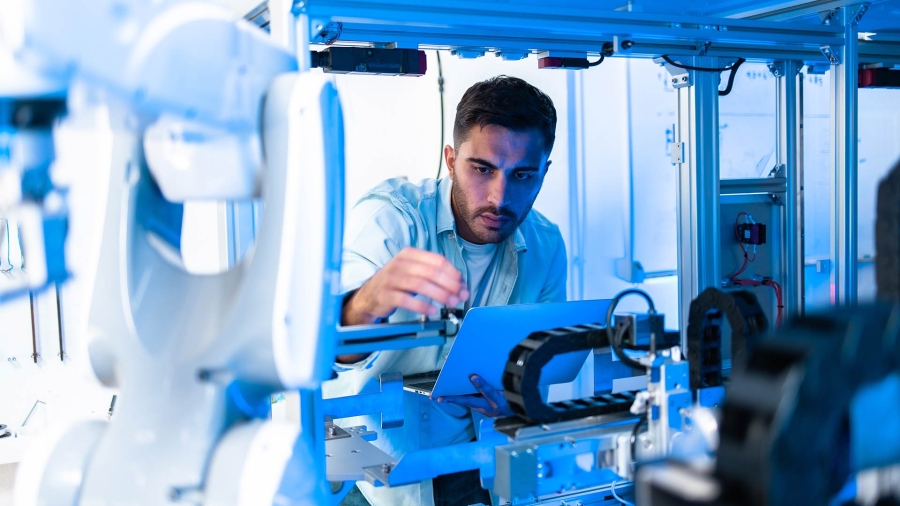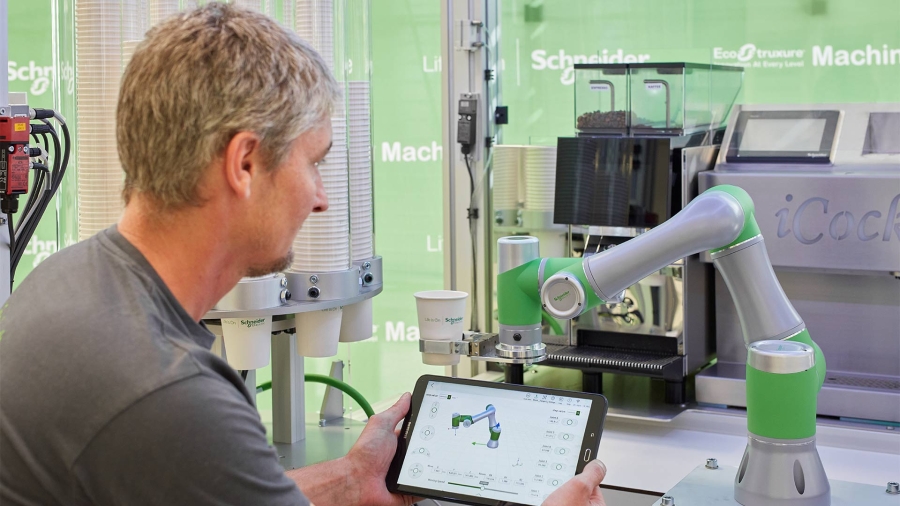It is now undeniable – diversity is critical to business success, particularly in this new age of digital transformation. Every industrial company must be committed to creating an inclusive community; a hub from which different ethnic, gender, education, and age backgrounds can exchange ideas and let innovation and new thinking flourish.
Too often, across process industries, transformational teams are staffed exclusively with like-minded, culturally similar individuals who mean well and who are extremely knowledgeable of the current processes, but who lack the perspective to generate true change. In such an environment, out-of-the-box thinking is difficult to achieve.
For diversity-energized modernization efforts to succeed, industrial organizations will need to recalibrate both how they integrate their people into the digital transformation process, and how they forge new partner ecosystems. The current way in which technology vendors support industrial customers is quite varied. At one end of the spectrum, less successful vendors work alone, providing the technology, integrations, and services directly to the end user. On the other end, providers who are generating strong business growth take advantage of a diverse partner network to drive forward innovation.
If the industrial marketplace is to realize its full potential, break free of its current constraints, and effectively embrace automation, then corporate stakeholders within industry must engineer a complete shift to a more collaborative partner ecosystem model. We must learn from the limitations of the previous decades and make diversity of partners a central pillar within this new ecosystem so that innovation can thrive.
For this collaborative model to take hold within industry, some pre-requisites are needed. First, technology vendors must offer products, software, and solutions that are open and interoperable. Second, a network of trusted partners must be assembled that is capable of locally implementing modern digital technology efficiently and in a collaborative manner.
Read more about embracing diversity to drive innovation and digital transformation with a network of trusted partners in this blog.














